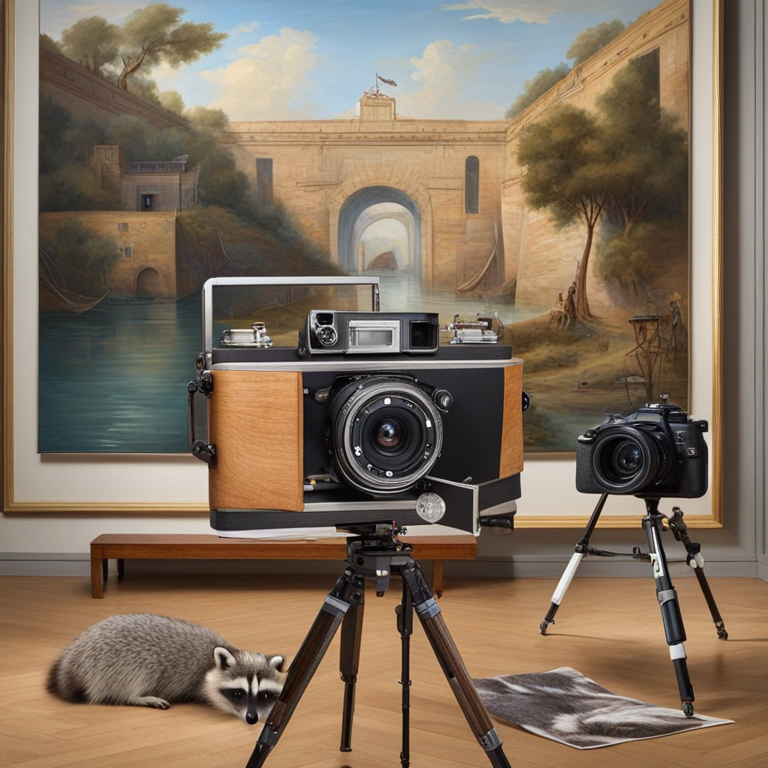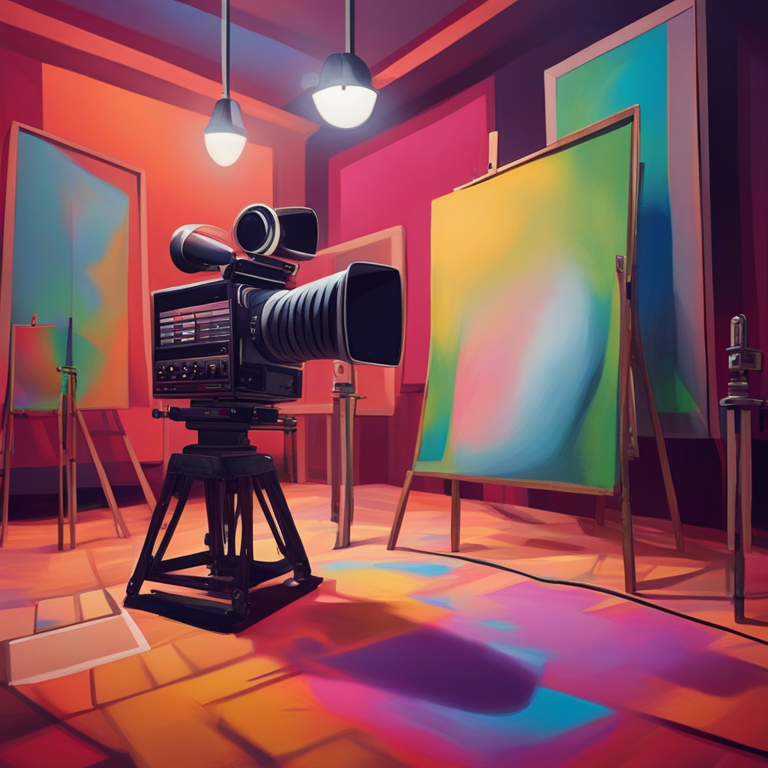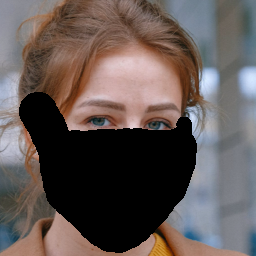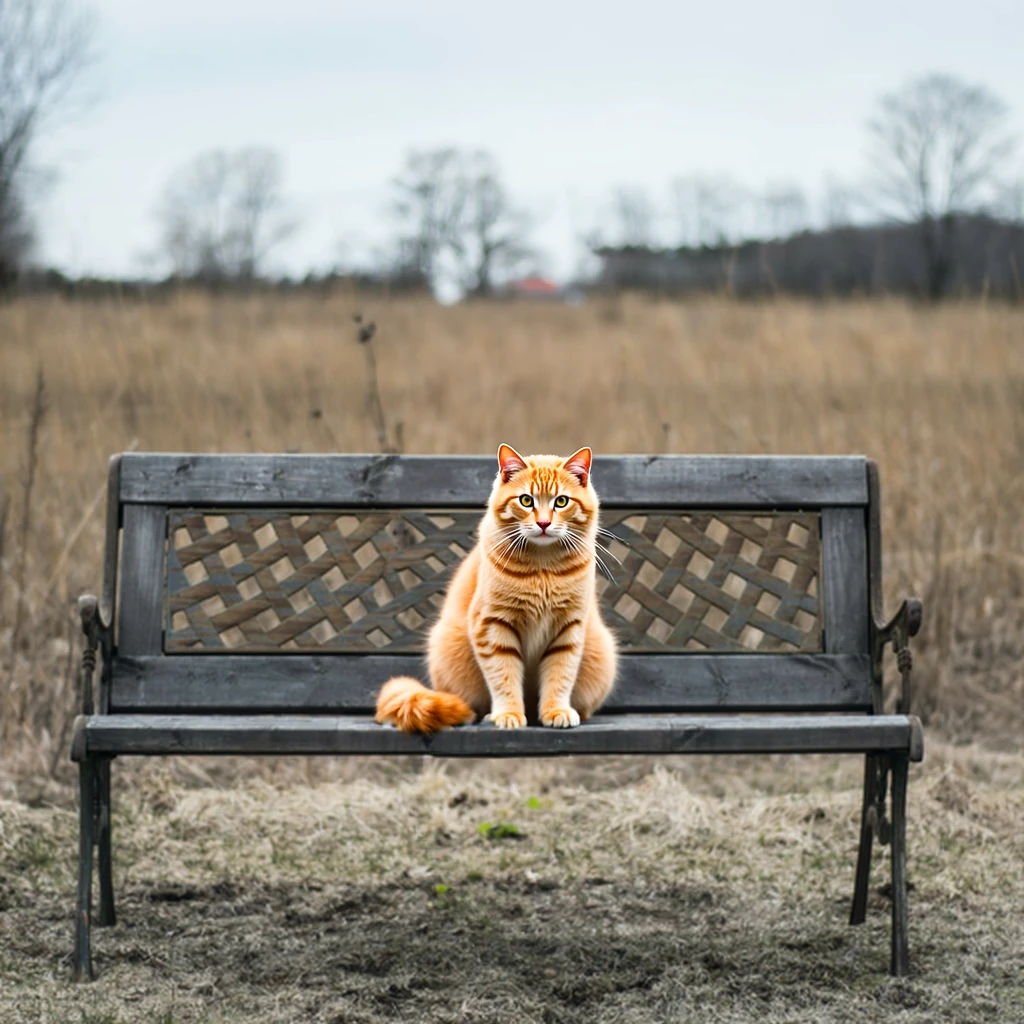xmem-propainter-inpainting
Maintainer: jd7h

1

| Property | Value |
|---|---|
| Run this model | Run on Replicate |
| API spec | View on Replicate |
| Github link | View on Github |
| Paper link | No paper link provided |
Create account to get full access
Model overview
The xmem-propainter-inpainting model is a generative AI pipeline that combines two models - XMem, a model for video object segmentation, and ProPainter, a model for video inpainting. This pipeline allows for easy video inpainting by using XMem to generate a video mask from a source video and an annotated first frame, and then using ProPainter to fill the masked areas with inpainting. The model is similar to other inpainting models like GFPGAN, Stable Diffusion Inpainting, LaMa, SDXL Outpainting, and SDXL Inpainting, which all aim to fill in or remove elements from images and videos.
Model inputs and outputs
The xmem-propainter-inpainting model takes a source video and a segmentation mask for the first frame of that video as inputs. The mask should outline the object(s) that you want to remove or inpaint. The model then generates a video mask using XMem and uses that mask for inpainting with ProPainter, resulting in an output video with the masked areas filled in.
Inputs
- Video: The source video for object segmentation.
- Mask: A segmentation mask for the first frame of the video, outlining the object(s) to be inpainted.
- Mask Dilation: An optional parameter to add an extra border around the mask in pixels.
- Fp16: A boolean flag to use half-precision (fp16) processing for faster results.
- Return Intermediate Outputs: A boolean flag to return the intermediate processing results.
Outputs
- An array of URIs pointing to the output video(s) with the inpainted areas.
Capabilities
The xmem-propainter-inpainting model can perform video inpainting by leveraging the capabilities of the XMem and ProPainter models. XMem is able to generate a video mask from a source video and an annotated first frame, and ProPainter can then use that mask to fill in the masked areas with inpainting. This allows for easy video editing and object removal, making it useful for tasks like removing unwanted elements from videos, fixing damaged or occluded areas, or creating special effects.
What can I use it for?
The xmem-propainter-inpainting model can be useful for a variety of video editing and post-production tasks. For example, you could use it to remove unwanted objects or people from a video, fix damaged or occluded areas, or create special effects like object removal or replacement. The model's ability to work with video data makes it well-suited for tasks like video cleanup, VFX, and content creation. Potential use cases include film and TV production, social media content creation, and video tutorials or presentations.
Things to try
One interesting thing to try with the xmem-propainter-inpainting model is using it to remove dynamic objects from a video, such as moving people or animals. By annotating the first frame to mask these objects, the model can then generate a video mask that tracks their movement and inpaint the areas they occupied. This could be useful for creating clean background plates or isolating specific elements in a video. You can also experiment with different mask dilation and fp16 settings to find the optimal balance of quality and processing speed for your needs.
This summary was produced with help from an AI and may contain inaccuracies - check out the links to read the original source documents!
Related Models

propainter

2
ProPainter is an AI model developed by researchers at the S-Lab of Nanyang Technological University for object removal, video completion, and video outpainting. The model builds upon prior work on video inpainting like xmem-propainter-inpainting and object-removal, with improvements to the propagation and transformer components. ProPainter can be used to seamlessly fill in missing regions in videos, remove unwanted objects, and even extend video frames beyond their original boundaries. Model inputs and outputs ProPainter takes in a video file and an optional mask file as inputs. The mask can be a static image or a video, and it specifies the regions to be inpainted or outpainted. The model outputs a completed or extended video, addressing the specified missing or unwanted regions. Inputs Video**: The input video file to be processed. Mask**: An optional mask file (image or video) indicating the regions to be inpainted or outpainted. Outputs Completed/Extended Video**: The output video with the specified regions filled in or extended. Capabilities ProPainter excels at both object removal and video completion tasks. For object removal, the model can seamlessly remove unwanted objects from a video while preserving the surrounding context. For video completion, ProPainter can fill in missing regions caused by occlusions or artifacts, generating plausible content that blends seamlessly with the original video. What can I use it for? The ProPainter model can be useful for a variety of video editing and post-production tasks. For example, you could use it to remove unwanted objects or logos from videos, fill in missing regions caused by camera obstructions, or even extend the boundaries of a video to create new content. These capabilities make ProPainter a valuable tool for filmmakers, video editors, and content creators who need to enhance the quality and appearance of their video footage. Things to try One interesting aspect of ProPainter is its ability to perform video outpainting, where the model can extend the video frames beyond their original boundaries. This could be useful for creating cinematic video expansions or generating new content to fit specific aspect ratios or dimensions. Additionally, the model's memory-efficient inference features, such as adjustable neighbor length and reference stride, make it possible to process longer videos without running into GPU memory constraints.
Updated Invalid Date

repaint

3
repaint is an AI model for inpainting, or filling in missing parts of an image, using denoising diffusion probabilistic models. It was developed by cjwbw, who has created several other notable AI models like stable-diffusion-v2-inpainting, analog-diffusion, and pastel-mix. The repaint model can fill in missing regions of an image while keeping the known parts harmonized, and can handle a variety of mask shapes and sizes, including extreme cases like every other line or large upscaling. Model inputs and outputs The repaint model takes in an input image, a mask indicating which regions are missing, and a model to use (e.g. CelebA-HQ, ImageNet, Places2). It then generates a new image with the missing regions filled in, while maintaining the integrity of the known parts. The user can also adjust the number of inference steps to control the speed vs. quality tradeoff. Inputs Image**: The input image, which is expected to be aligned for facial images. Mask**: The type of mask to apply to the image, such as random strokes, half the image, or a sparse pattern. Model**: The pre-trained model to use for inpainting, based on the content of the input image. Steps**: The number of denoising steps to perform, which affects the speed and quality of the output. Outputs Mask**: The mask used to generate the output image. Masked Image**: The input image with the mask applied. Inpaint**: The final output image with the missing regions filled in. Capabilities The repaint model can handle a wide variety of inpainting tasks, from filling in random strokes or half an image, to more extreme cases like upscaling an image or inpainting every other line. It is able to generate meaningful and harmonious fillings, incorporating details like expressions, features, and logos into the missing regions. The model outperforms state-of-the-art autoregressive and GAN-based inpainting methods in user studies across multiple datasets and mask types. What can I use it for? The repaint model could be useful for a variety of image editing and content creation tasks, such as: Repairing damaged or corrupted images Removing unwanted elements from photos (e.g. power lines, obstructions) Generating new image content to expand or modify existing images Upscaling low-resolution images while maintaining visual coherence By leveraging the power of denoising diffusion models, repaint can produce high-quality, realistic inpaintings that seamlessly blend with the known parts of the image. Things to try One interesting aspect of the repaint model is its ability to handle extreme inpainting cases, such as filling in every other line of an image or upscaling with a large mask. These challenging scenarios can showcase the model's strengths in generating coherent and meaningful fillings, even when faced with a significant amount of missing information. Another intriguing possibility is to experiment with the number of denoising steps, as this allows the user to balance the speed and quality of the inpainting. Reducing the number of steps can lead to faster inference, but may result in less harmonious fillings, while increasing the steps can improve the visual quality at the cost of longer processing times. Overall, the repaint model represents a powerful tool for image inpainting and manipulation, with the potential to unlock new creative possibilities for artists, designers, and content creators.
Updated Invalid Date

sd-inpaint

1.3K
The sd-inpaint model is a powerful AI tool developed by zf-kbot that allows users to fill in masked parts of images using Stable Diffusion. It is similar to other inpainting models like stable-diffusion-inpainting, stable-diffusion-wip, and flux-dev-inpainting, all of which aim to provide users with the ability to modify and enhance existing images. Model inputs and outputs The sd-inpaint model takes a number of inputs, including the input image, a mask, a prompt, and various settings like the seed, guidance scale, and scheduler. The model then generates one or more output images that fill in the masked areas based on the provided prompt and settings. Inputs Image**: The input image to be inpainted Mask**: The mask that defines the areas to be inpainted Prompt**: The text prompt that guides the inpainting process Seed**: The random seed to use for the image generation Guidance Scale**: The scale for the classifier-free guidance Scheduler**: The scheduler to use for the image generation Outputs Output Images**: One or more images that have been inpainted based on the input prompt and settings Capabilities The sd-inpaint model is capable of generating high-quality inpainted images that seamlessly blend the generated content with the original image. This can be useful for a variety of applications, such as removing unwanted elements from photos, completing partially obscured images, or creating new content within existing images. What can I use it for? The sd-inpaint model can be used for a wide range of creative and practical applications. For example, you could use it to remove unwanted objects from photos, fill in missing portions of an image, or even create new art by generating content within a specified mask. The model's versatility makes it a valuable tool for designers, artists, and content creators who need to modify and enhance existing images. Things to try One interesting thing to try with the sd-inpaint model is to experiment with different prompts and settings to see how they affect the generated output. You could try varying the prompt complexity, adjusting the guidance scale, or using different schedulers to see how these factors influence the inpainting results. Additionally, you could explore using the model in combination with other image processing tools to create more complex and sophisticated image manipulations.
Updated Invalid Date

flux-dev-inpainting

18
flux-dev-inpainting is an AI model developed by zsxkib that can fill in masked parts of images. This model is similar to other inpainting models like stable-diffusion-inpainting, sdxl-inpainting, and inpainting-xl, which use Stable Diffusion or other diffusion models to generate content that fills in missing regions of an image. Model inputs and outputs The flux-dev-inpainting model takes several inputs to control the inpainting process: Inputs Mask**: The mask image that defines the region to be inpainted Image**: The input image to be inpainted Prompt**: The text prompt that guides the inpainting process Strength**: The strength of the inpainting, ranging from 0 to 1 Seed**: The random seed to use for the inpainting process Output Format**: The format of the output image (e.g. WEBP) Output Quality**: The quality of the output image, from 0 to 100 Outputs Output**: The inpainted image Capabilities The flux-dev-inpainting model can generate realistic and visually coherent content to fill in masked regions of an image. It can handle a wide range of image types and prompts, and produces high-quality output. The model is particularly adept at preserving the overall style and composition of the original image while seamlessly integrating the inpainted content. What can I use it for? You can use flux-dev-inpainting for a variety of image editing and manipulation tasks, such as: Removing unwanted objects or elements from an image Filling in missing or damaged parts of an image Creating new image content by inpainting custom prompts Experimenting with different inpainting techniques and styles The model's capabilities make it a powerful tool for creative projects, photo editing, and visual content production. You can also explore using flux-dev-inpainting in combination with other FLUX-based models for more advanced image-to-image workflows. Things to try Try experimenting with different input prompts and masks to see how the model handles various inpainting challenges. You can also play with the strength and seed parameters to generate diverse output and explore the model's creative potential. Additionally, consider combining flux-dev-inpainting with other image processing techniques, such as segmentation or style transfer, to create unique visual effects and compositions.
Updated Invalid Date